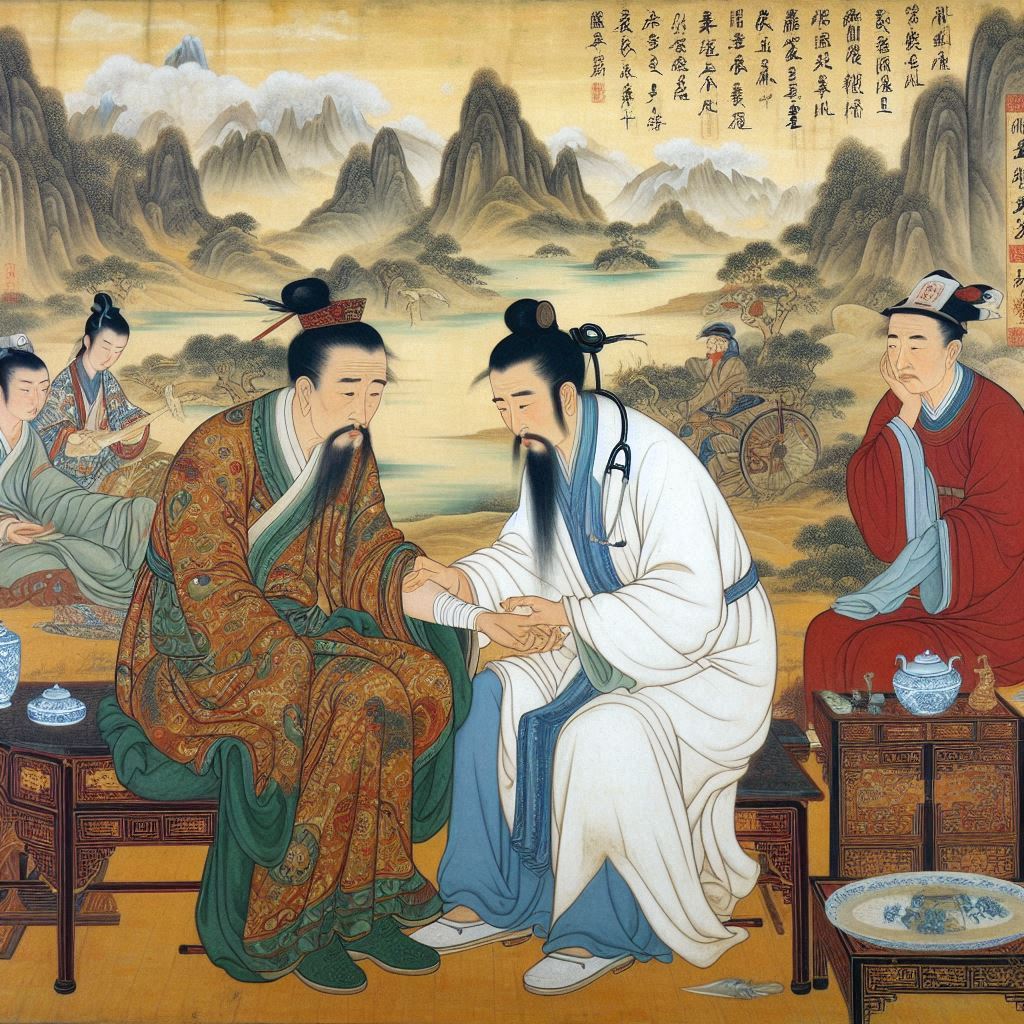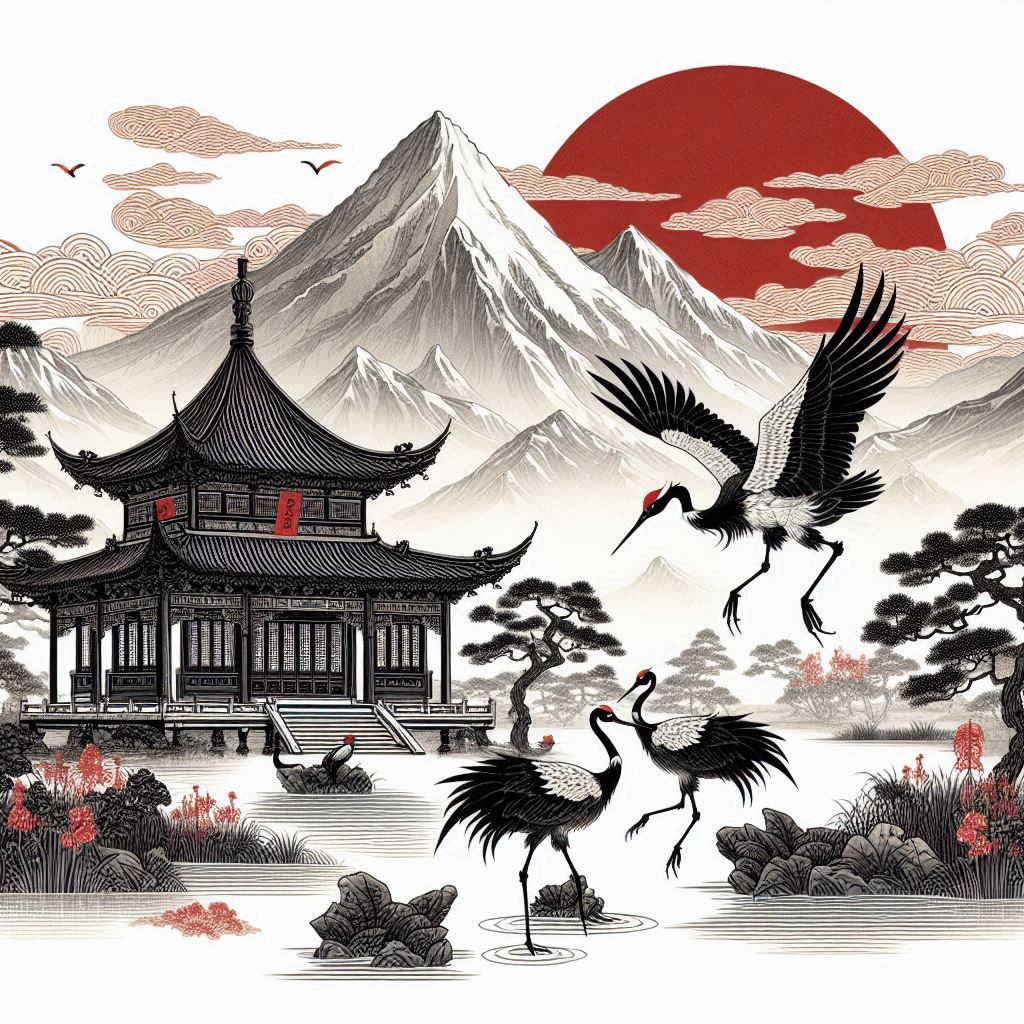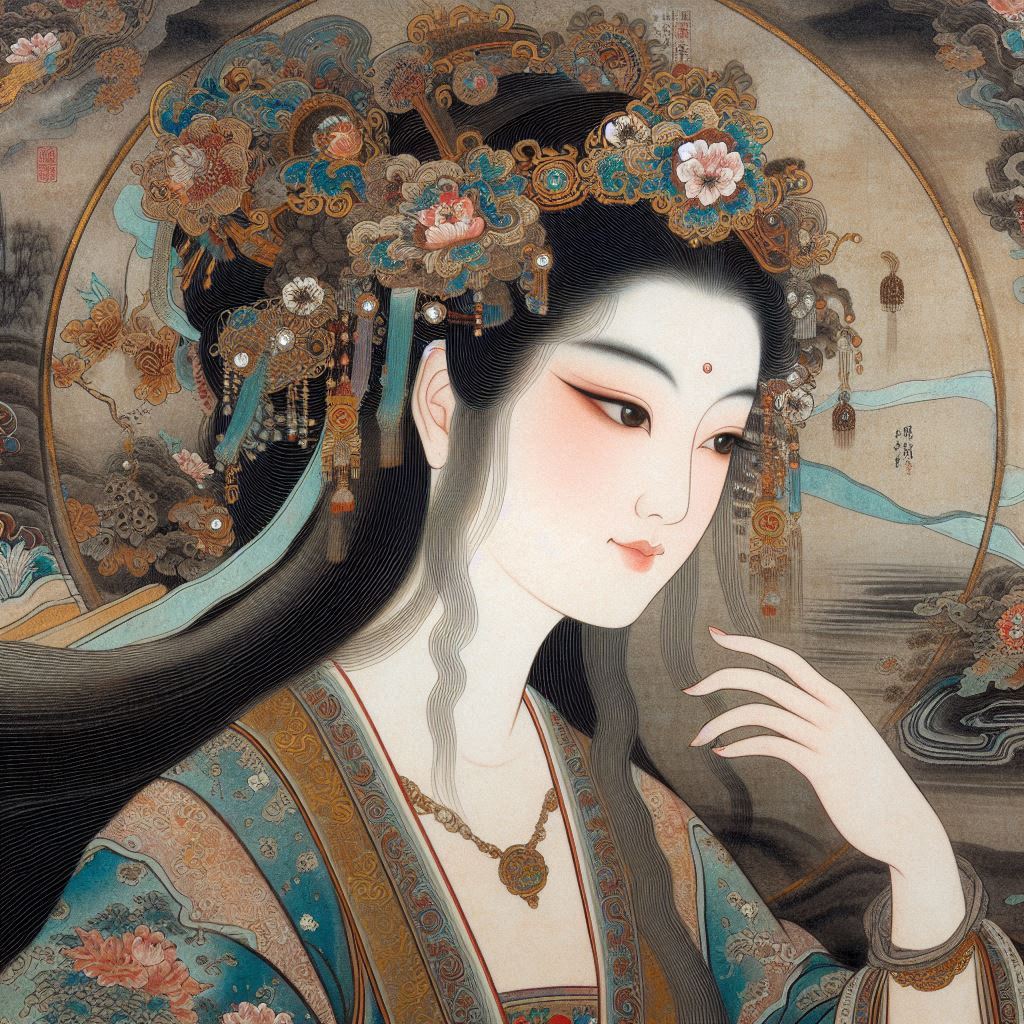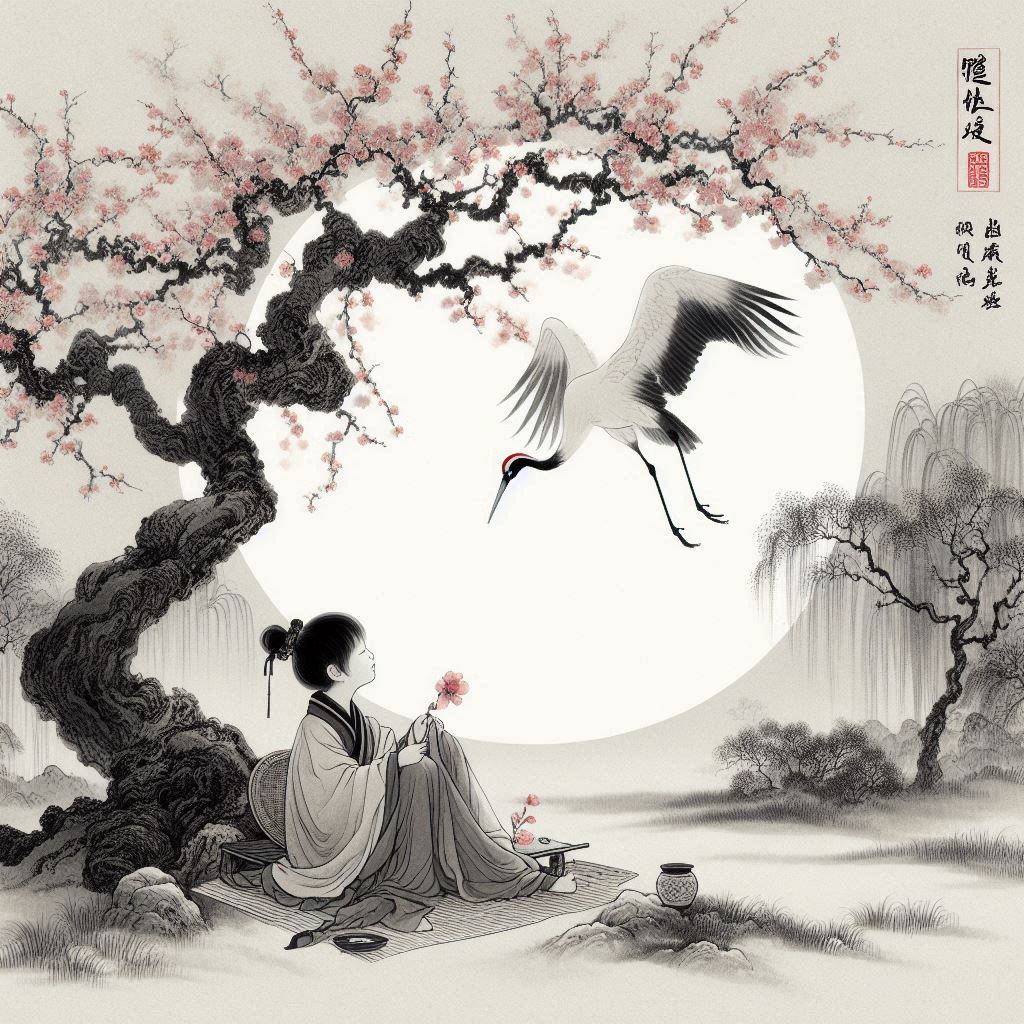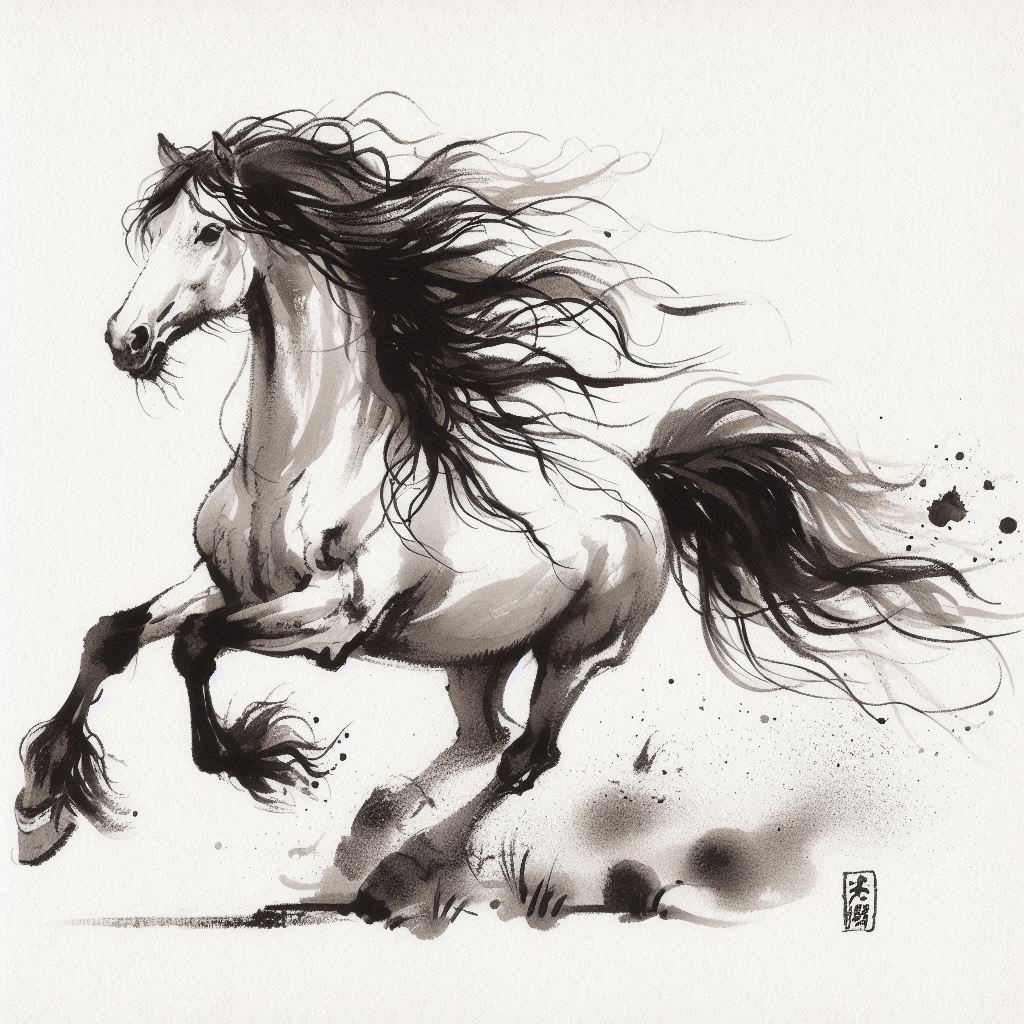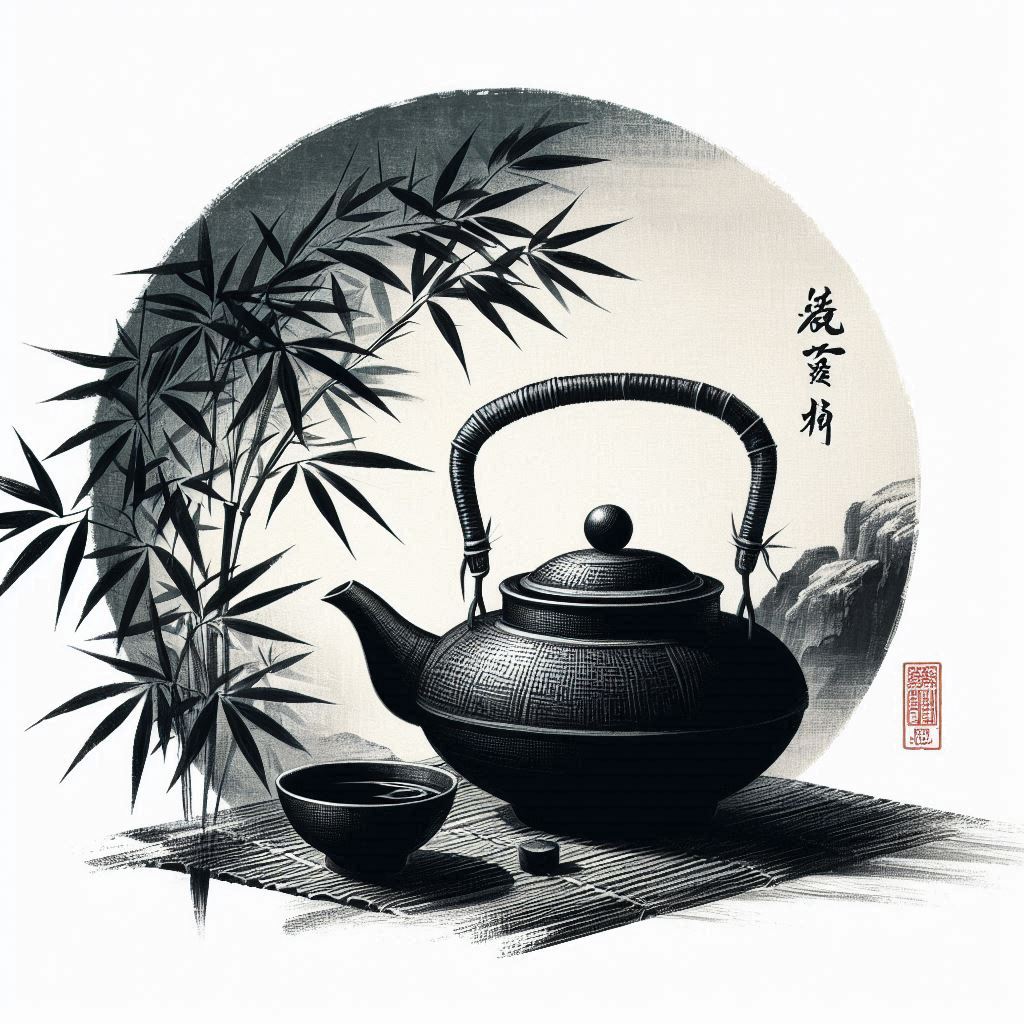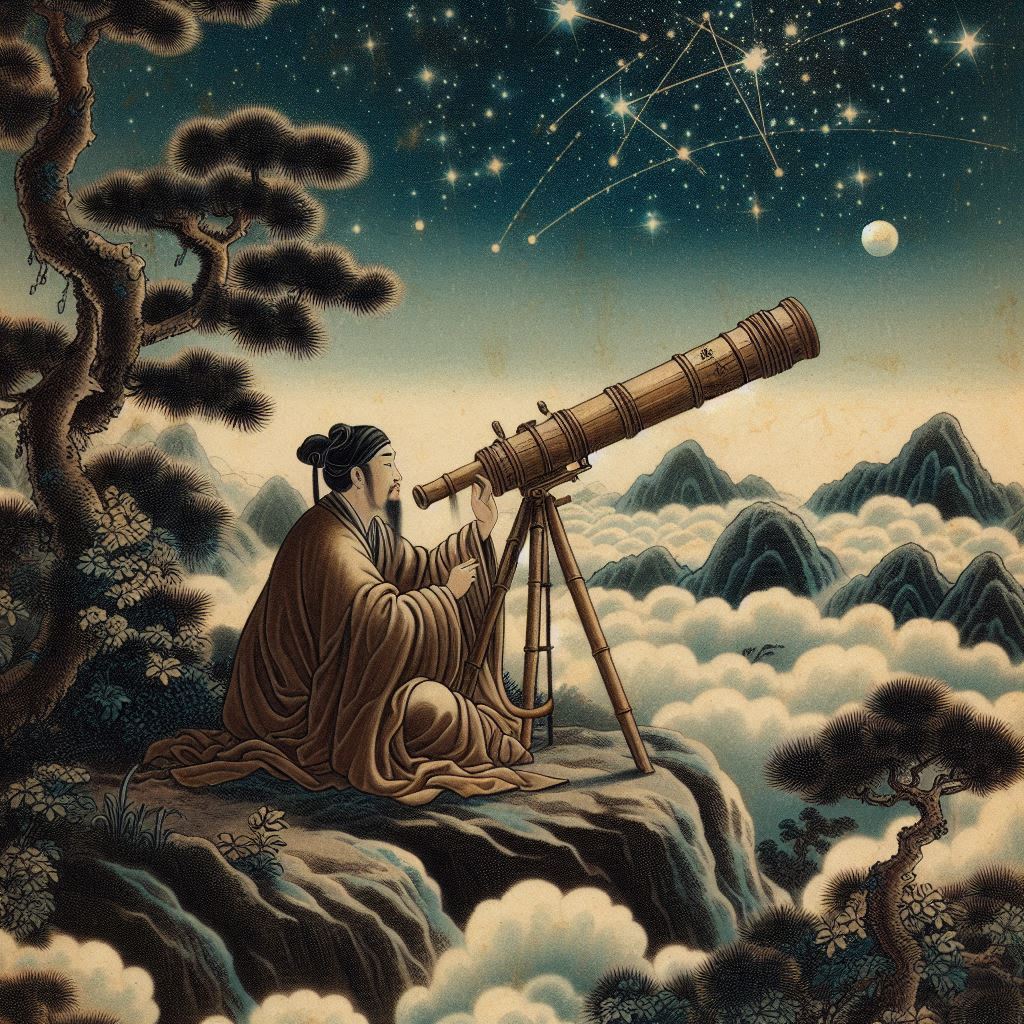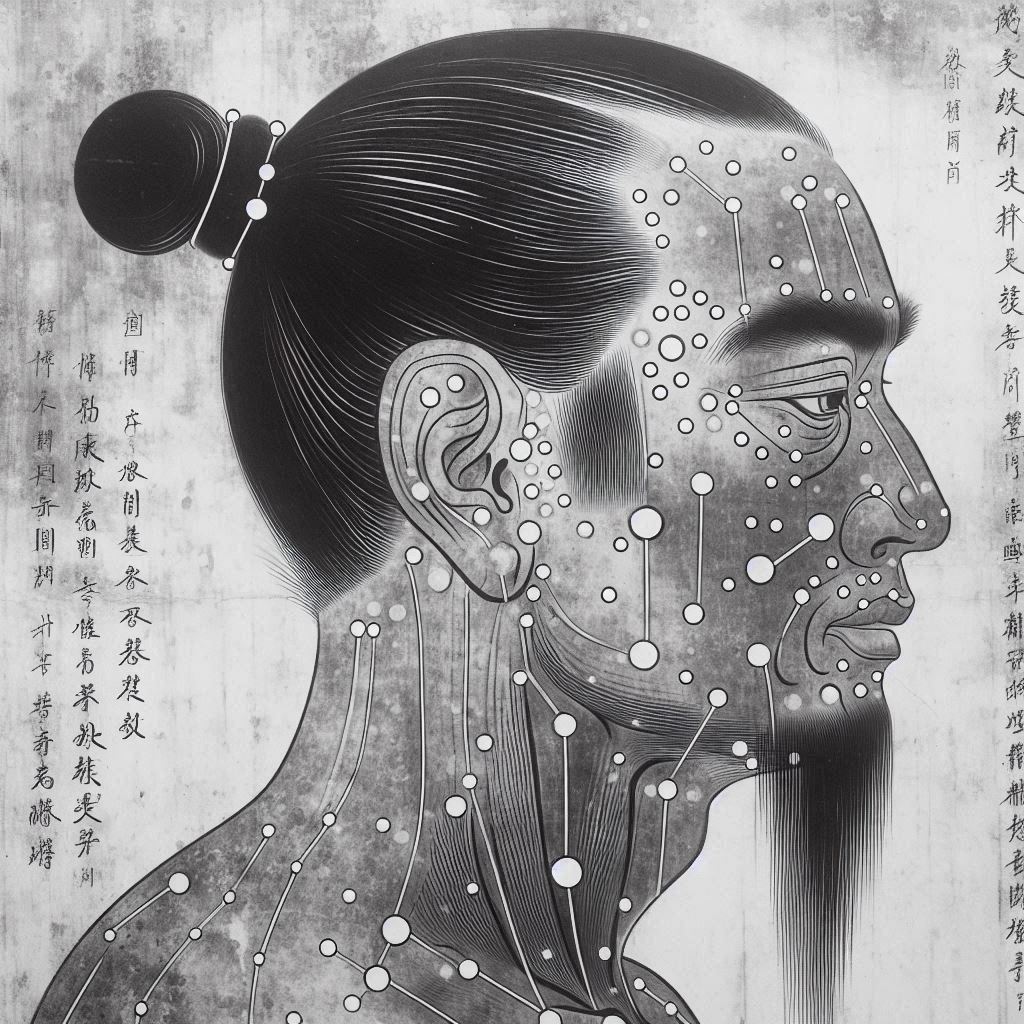In traditional Chinese medicine there are different types of Qi flowing in the body which take various forms and have different duties (to understand the concept of Qi please read the introduction material What is Qi?) There is the “Original Qi”, which originates from the Kidneys and is the Qi manifestation of Kidney Essence. There is Food Qi – the Qi that is the product of transformed/digested food. Gathering Qi – derived from the contact of Food Qi with air. Finally True Qi – when Gathering Qi is met/stimulated by the Original Qi from the Kidneys.
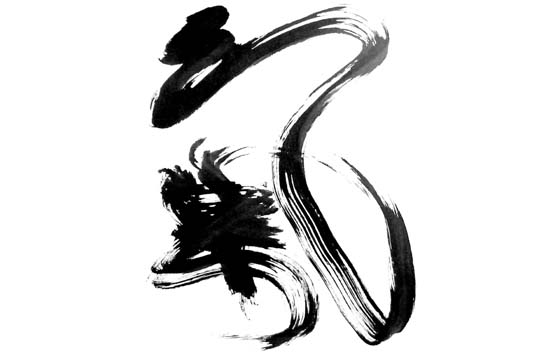
True Qi originates in the Lungs and is further divided in Defensive Qi and Nutritive Qi. Here we will not discuss all types of Qi but will only talk about the Defensive Qi to help draw a richer picture of the Lung.
Defensive Qi, as the name suggests, has the function to defend the body from external pathogens and extreme climatic factors. Unlike the other types of Qi it does not flow in the body's channels but rather circulates within the muscles and the skin. Residing in the muscles it helps to warm, nourish and protect them; residing in the skin it is in charge of opening and closing of the pores, thus in charge of the perspiration. If the Defensive Qi is deficient one will experience spontaneous sweating throughout the day. Spontaneous sweating (sweating without exertion) is the first red flag that one’s defenses are being compromised or under attack. A chronically deficient Defensive Qi will lead to catching cold frequently and easily. As the Defensive Qi is deficient it will fail to warm the skin and muscles thus one will also easily feel cold.
Influenced by the Lung the Defensive Qi gives a clear understanding of the body's protective mechanisms. Defensive toward the outside and nurturing toward the inside the Lung is essential in the maintenance of good health and the balance between health and disease. To learn more about the Lung visit the Project and read the material The Lung in Chinese medicine.

